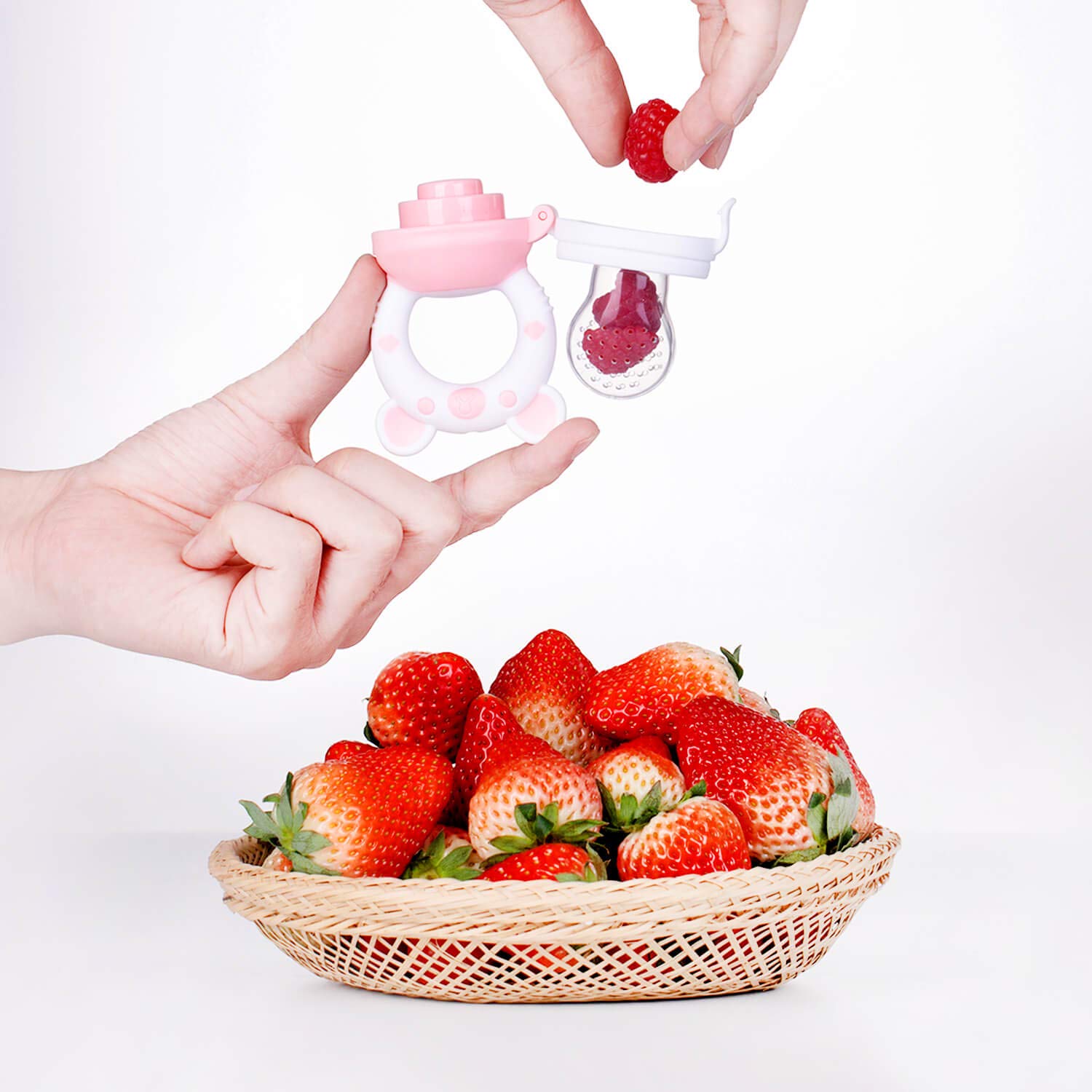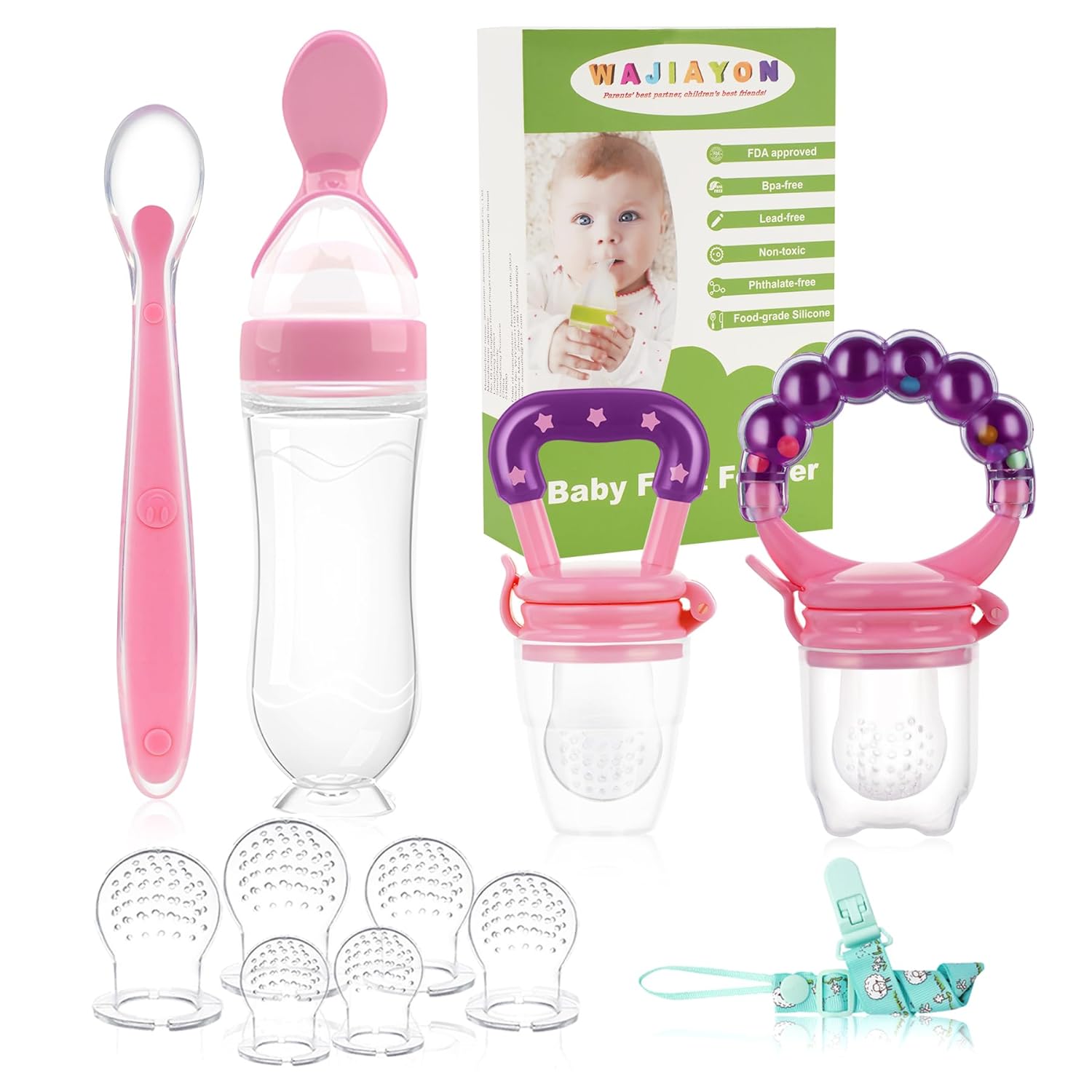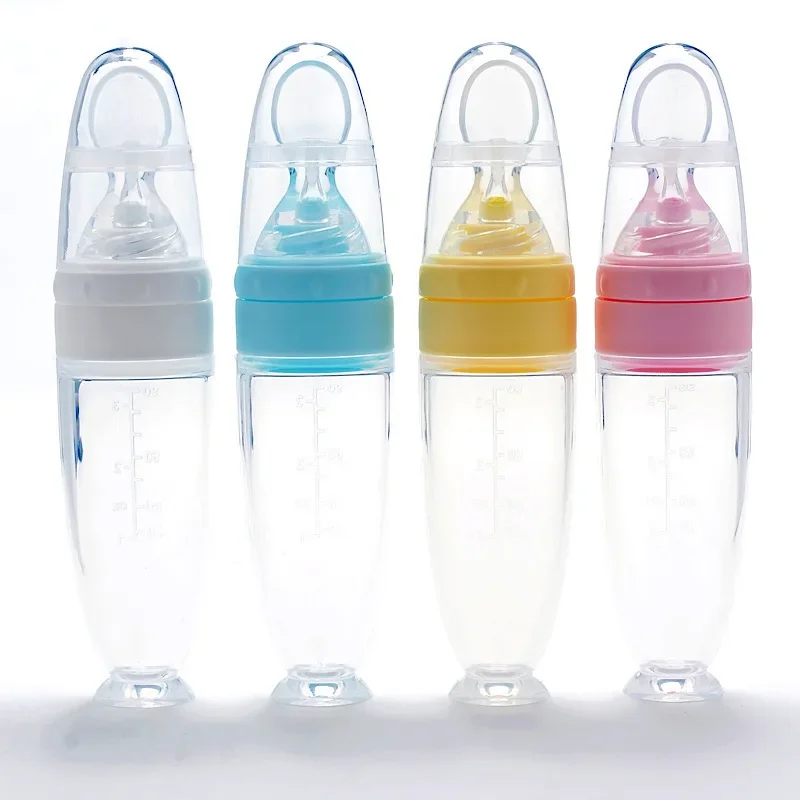I. Introduction

Administering medicine to toddlers can be a challenging task that many parents and caregivers face. It is essential to ensure that toddlers receive the necessary medications to support their health and well-being. However, convincing a toddler to take medicine can be a difficult and frustrating experience. This article will explore the importance of administering medicine to toddlers and the challenges that arise when they refuse to take it.
II. Understanding Toddler’s Resistance
A. Reasons behind a toddler’s refusal to take medicine
- Taste and texture preferences: Toddlers have developing tastes and preferences, and they may reject medicine due to its taste or texture. Some medications can have an unpleasant taste or texture, which can make it difficult to convince a toddler to take them.
- Fear or negative experiences: Toddlers may have had negative experiences with medicine in the past, such as choking or feeling sick after taking it. These experiences can create fear and resistance towards taking medicine.
B. Recognizing signs of resistance in a toddler
It is essential to identify the signs of resistance in toddlers to address their concerns effectively. Some common signs of resistance include:
- Turning away or refusing to open their mouth
- Spitting out the medicine
- Crying or showing distress
- Clenching their teeth or avoiding eye contact
III. Creating a Positive Environment
A. Establishing trust and comfort
- Building rapport through daily routines and play: Creating a strong bond with a toddler through everyday activities and playtime can help establish a sense of trust. Spending quality time together and engaging in activities that they enjoy can foster a positive relationship, making it easier to convince them to take medicine when needed.
- Validating their feelings and offering reassurance: Toddlers may feel scared or anxious about taking medicine. It is essential to acknowledge their feelings and provide reassurance that the medication will help them feel better. Listening attentively and empathizing with their concerns can help alleviate their fears.
B. Making medicine time fun and engaging
- Using creative distractions: Finding creative ways to distract toddlers during medicine time can make the process more enjoyable for them. For example, incorporating their favorite toy or stuffed animal during medicine administration can help divert their attention.
-
Incorporating playfulness and storytelling: Transforming medicine time into a fun and interactive experience can reduce resistance. Telling a story or using imaginative play can engage toddlers and make them feel more involved in the process.
IV. Practical Techniques for Administering Medicine
A. Mixing medicine with food or drinks
-
Hiding medicine in favorite food items
One practical technique for administering medicine to toddlers is to hide it in their favorite food items. This can help mask the taste and texture of the medicine, making it easier for the child to consume. For example, you can mix a liquid medication into a spoonful of yogurt or applesauce. Alternatively, you can crush a tablet or open a capsule and sprinkle the contents onto a small portion of mashed potatoes or pudding.
When hiding medicine in food, it is important to ensure that your toddler consumes the entire portion to receive the full dose. You can also check with your child’s healthcare provider or pharmacist to verify if the medicine can be taken with food.
-
Diluting medicine in beverages
Another technique is diluting medicine in beverages. If the medication is in liquid form, you can mix it with a small amount of a preferred drink, such as juice or flavored water. This can help mask the taste and make it more palatable for the child.
It is crucial to check with your healthcare provider or pharmacist before diluting a medication, as not all medications can be mixed with certain beverages. Also, be sure to accurately measure the medication and mix it thoroughly with the drink to ensure the child receives the correct dosage.
B. Using alternative administration methods
-
Pediatric syringes or oral dosing devices
An alternative method of administering medicine to toddlers is to use pediatric syringes or oral dosing devices. These devices are specifically designed to deliver accurate dosages and can make it easier for parents to measure and administer the medication.
Pediatric syringes typically have clear measurement markings, making it easier to measure the exact dose prescribed by the healthcare professional. They also come with a small tip that can fit into the child’s mouth, allowing for precise delivery.
Oral dosing devices, such as droppers or cups with markings, can also be used to measure the correct dose. These devices often come with guidelines to ensure the accurate measurement and administration of the medication.

-
Transdermal patches or nasal sprays
In some cases, transdermal patches or nasal sprays can be used as an alternative method for administering medication to toddlers. Transdermal patches are applied directly to the skin and release medication slowly over time. They can be a suitable option for medications that require continuous delivery, such as certain pain relief medications.
Nasal sprays, on the other hand, allow for the direct administration of medication into the nasal passage. This method can be effective for medications that need to be absorbed quickly, such as nasal decongestants.
It is essential to consult with your child’s healthcare provider to determine if these alternative methods are appropriate for your toddler’s medications. They will provide guidance on proper usage and dosing instructions.
V. Encouraging Cooperation and Involvement
A. Explaining the importance of the medicine
One way to encourage cooperation and involvement in the medication process is by explaining the importance of the medicine to your toddler. You can use simple language and visual aids to help them understand why they need to take their medication.
It can be helpful to explain that medicine helps their body stay healthy or feel better. Use age-appropriate language and provide visual aids, such as pictures or diagrams, to help them understand the concept.
- Highlighting the positive effects of the medicine
Another approach is to highlight the positive effects of the medication to your toddler. You can explain how the medicine will help them feel better, reduce pain, or prevent further illness. Reinforce the idea that taking the medicine is a step towards improvement and a healthier future.
By emphasizing the positive impact of the medication, you can motivate your toddler to cooperate and understand the importance of taking it as prescribed.
B. Involving the toddler in the process
-
Allowing them to hold the medicine or choose the method
Giving your toddler a sense of control can make the medication process more manageable. Allow them to hold the medicine bottle or syringe (under supervision) as you explain how it will help them. This can help them feel more involved and reduce anxiety or fear.
You can also give your toddler a choice in the administration method, if appropriate. For example, ask if they prefer taking the medicine disguised in food or if they’d like to try using a syringe. By involving them in decision-making, you can empower your toddler to take charge of their healthcare.
-
Offering rewards or incentives for cooperation
Sometimes, offering rewards or incentives can motivate toddlers to cooperate during the medication process. You can establish a reward system where they earn a small treat or a sticker for taking their medicine without fuss.
However, it is important to strike a balance and not overly rely on rewards, as it may create dependency or expectations. Reserve rewards for challenging situations or when your toddler needs extra encouragement.
Remember, the key is to create a positive and supportive environment to help your toddler feel empowered and motivated to take their medication.
In conclusion, administering medication to toddlers can be a challenging task. However, employing practical techniques, such as mixing medicine with food or drinks and using alternative administration methods, can help make the process easier for both the child and caregiver. Additionally, encouraging cooperation and involvement through explanations, involving the toddler in the process, and offering rewards or incentives can contribute to a more positive medication experience.

